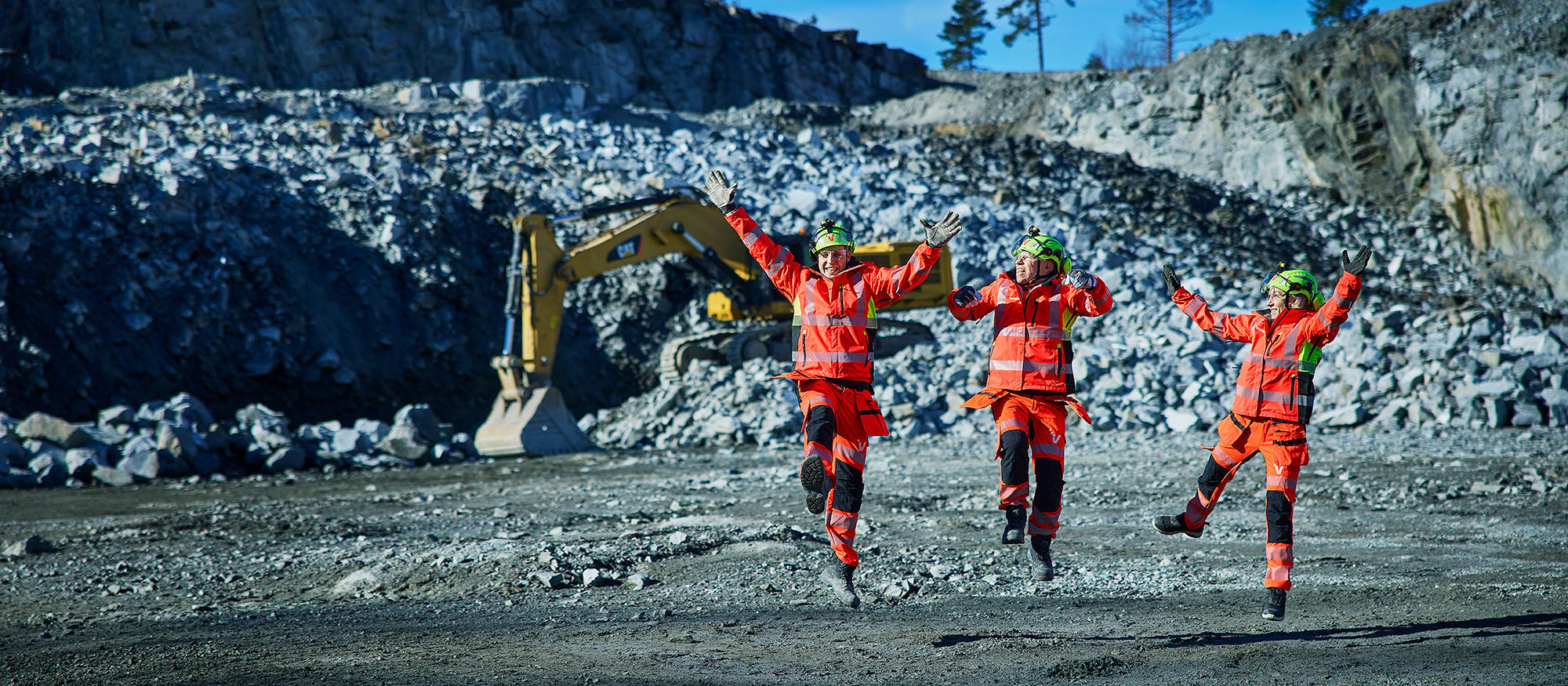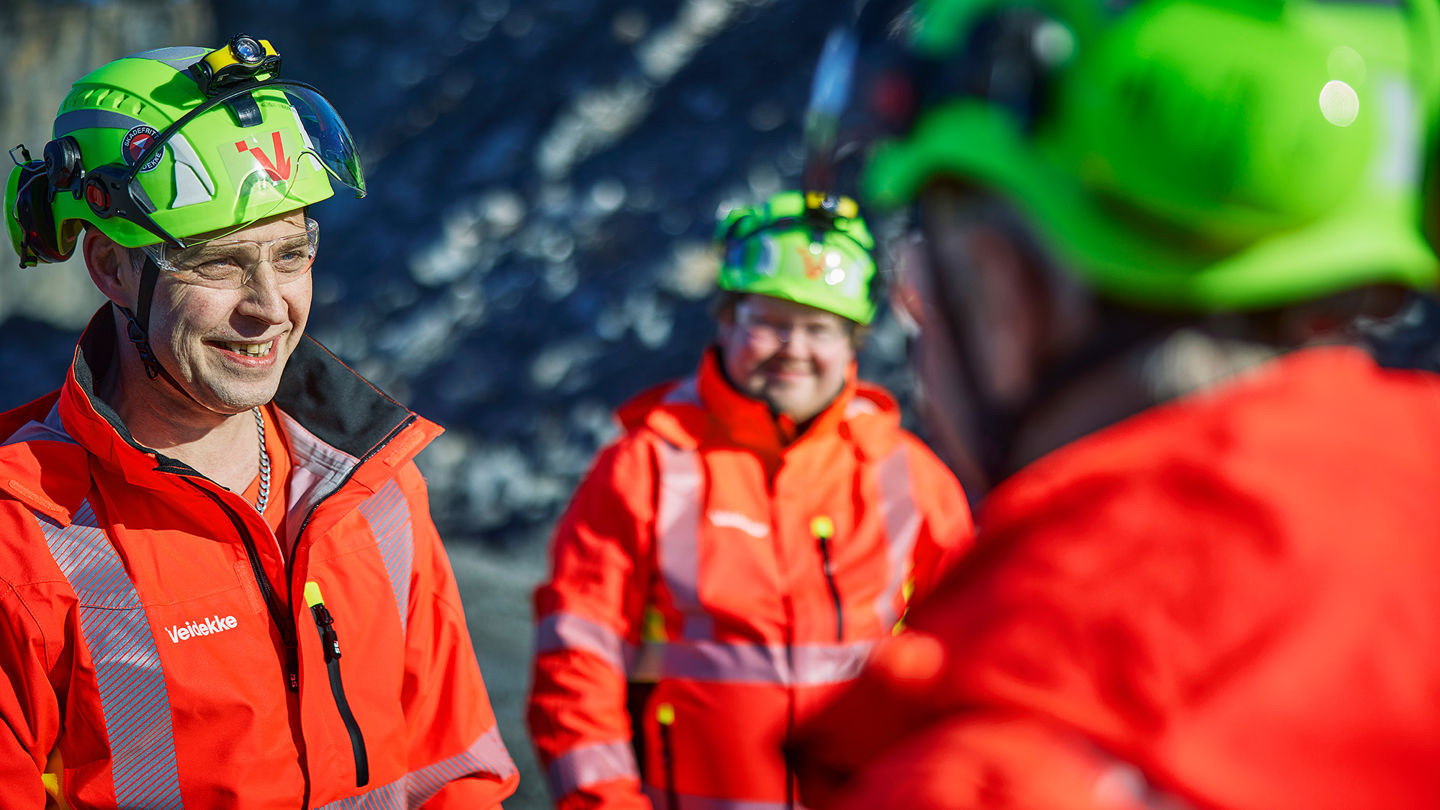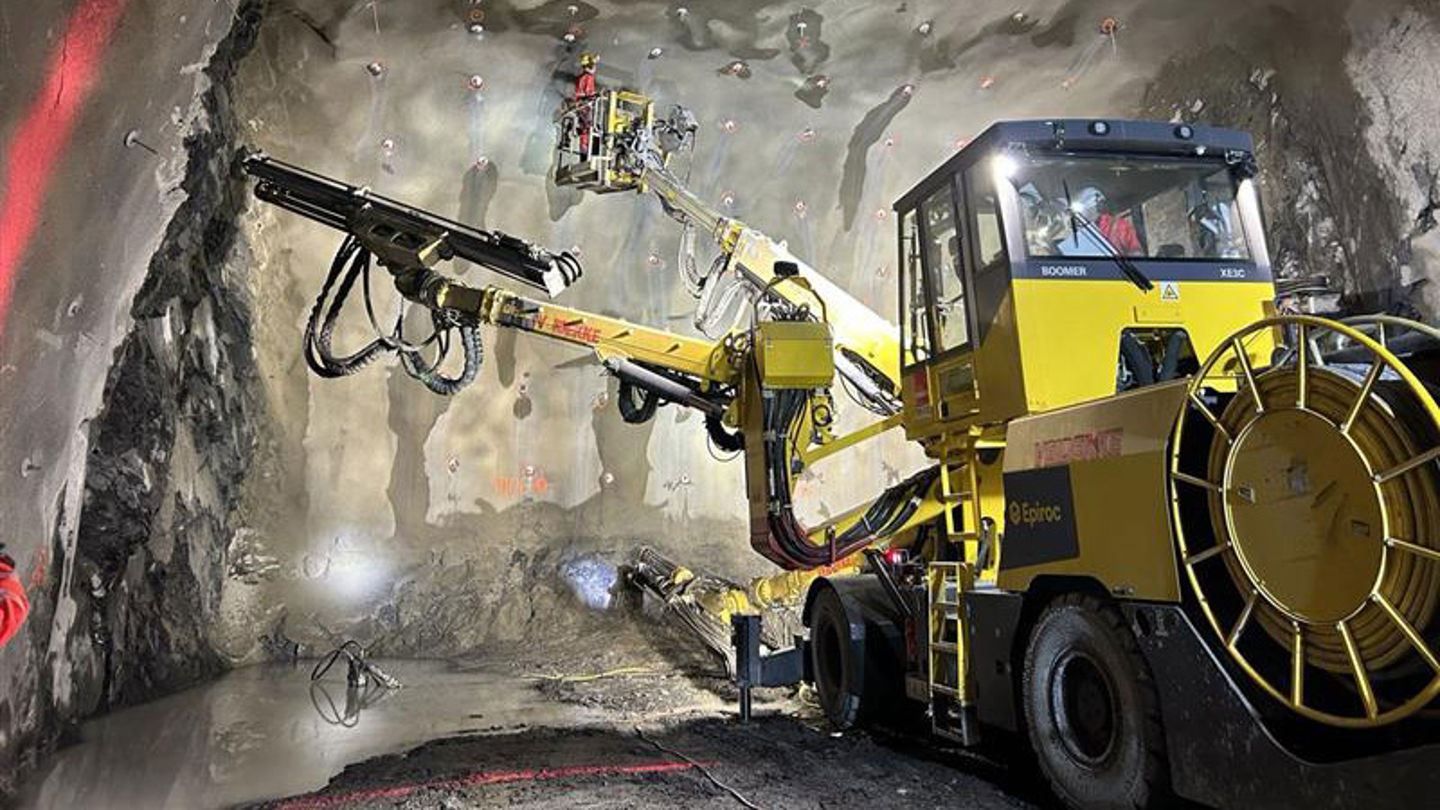
What is the working environment and occupational health?

What is the working environment?
The working environment concerns the work we do and how one organises, plans, and executes the work. The working environment is different from workplace to workplace and requires different approaches. The working environment impacts health, job engagement and business performance and productivity. It’s about what it’s like to work in a workplace – both physically, mentally, organisationally and socially. It includes everything from noise, light and air quality, to how we collaborate, communicate and organise work. A good working environment contributes to well-being, safety and health – reducing the risk of injury and illness.

What is occupational health?
Occupational health concerns how work affects your health – both in the short and long term. It can be physical, like stresses on muscles and joints, or mental, like stress and sleep issues. Good occupational health means that you can do your job without becoming sick or being injured, and that the work can even make a positive contribution to your health.
Physical risk factors
Noise
Prolonged exposure to high noise levels can lead to hearing damage, affect the cardiovascular system, cause high blood pressure, contribute to muscle tension, affect children in the womb during pregnancy, contribute to stress and be annoying, tiring and impair concentration and attention. Measures start with a survey and risk assessment of noise. Who is exposed? Remove or reduce the source of noise, isolate the source of noise, procedures for good maintenance of equipment and parts, sound absorbing materials and regular hearing checks and hearing protection at sound pressure levels above 80db.
Vibrations
Working with vibrating tools can cause damage to blood vessels, nerves and muscles. Measures start with a survey and risk assessment of vibrating tools to be used on the project. Use the vibration calculator to find the limit value and usage time. Use vibration reducing gloves and tools, and take breaks and rotate work tasks.
Dust
The inhalation of dust can lead to respiratory problems and other health issues. Measures include the use of a dust mask, ventilation systems and regular cleaning of the work area.
Heavy lifting
The wrong lifting techniques can lead to musculoskeletal problems. Measures include training in the correct lifting techniques, the use of lifting equipment and organising the workplace to reduce the need for heavy lifting.
Chemical and biological risk factors
Chemical substances
Exposure to hazardous chemicals can lead to acute and chronic health problems. Measures include the use of personal protective equipment, the safe storage and handling of chemicals, and training in the use of safety data sheets.
Biological factors
Exposure to biological agents such as bacteria, viruses and fungi can lead to infections and allergic reactions. Measures include good hygiene, the use of personal protective equipment and vaccinations.
Prevention of musculoskeletal disorders
Ergonomics
Organising the workplace to reduce strain on muscles and bones. Measures include adjustable workstations, ergonomic tools and furniture, as well as training in the correct working position.
Physical activity
Regular physical activity helps strengthen muscles and bones. Measures include exercise programs, breaks with stretching exercises and encouraging an active lifestyle.
Health promoting measures and well-being
Psychosocial working environment
A good psychosocial work environment contributes to well-being and prevents stress. Measures include good communication, support from management, and measures to promote collaboration and social support.
Health promoting activities
Measures that promote physical and mental health, such as exercise programs, healthy food in the canteen, and offers of health check-ups and counselling.
Long-term health and retirement
Prevention
Early efforts to prevent health problems and diseases contribute to good health throughout working life. Measures include regular health check-ups, ergonomic measures, and health and safety training.
Retirement
Information about pension schemes and measures to ensure financial security after the end of the working life. Measures include advice on pension saving and information on rights and opportunities.